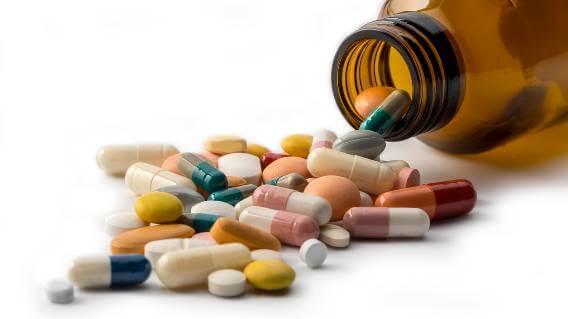FDA Under Scrutiny for Oversight of Carcinogens in Drugs Like Valsartan
Editors carefully fact-check all Consumer Notice, LLC content for accuracy and quality.
Consumer Notice, LLC has a stringent fact-checking process. It starts with our strict sourcing guidelines.
We only gather information from credible sources. This includes peer-reviewed medical journals, reputable media outlets, government reports, court records and interviews with qualified experts.

The U.S. Food and Drug Administration has come under fire recently from critics claiming it isn’t doing enough to keep carcinogens out of drugs. Although the agency has set acceptable limits for toxins, some say it hasn’t gone far enough.
One example is the blood pressure medication valsartan. The discovery that the drug contained several potentially cancer-causing toxins led to a massive recall in 2018. The FDA said untested changes made during the manufacturing process were to blame.
Valisure Files Citizens Petition
Valisure, an independent laboratory based in Connecticut, said the FDA hasn’t created acceptable limits for potentially harmful solvents such as dimethylformamide, or DMF, which was detected in valsartan. Valisure has filed a citizen petition against the FDA.
The laboratory said DMF created during the drug-making process may be to blame for impurities in medications nationwide. According to the New Jersey Department of Health, DMF has been linked to kidney damage, liver damage and reproductive harm.
An April 2023 article from online medical news journal Healio claims that some people who took valsartan have a slight risk of renal failure. Heart failure patients who are taking certain medications such as ARBs, ACE-inhibitors and direct renin inhibitors could experience declines in renal function after taking valsartan. Researchers call the dips in renal function moderate and mild, and said doctors should not stop prescribing the drug.
Valsartan Manufacturing Issues
Valsartan was being produced by Zhejiang Huahai Pharmaceutical in China when the impurities were found. The FDA said the plant changed how the drug was manufactured some time in 2011. According to the agency, changes were made without proper tests, which led to toxins contaminating the drug.
To increase production, the FDA said Zhejiang Huahai Pharmaceutical replaced tributyltin azide — the chemical normally used to create valsartan — with another chemical, sodium azide. That modification forced them to use a third chemical, sodium nitrite. When those chemicals are mixed they can create toxic byproducts. N-Nitrosodimethylamine, or NDMA, and N-nitrosodiethylamine, or NDEA, were found in trace amounts of valsartan. Both chemicals can cause cancer, liver damage and liver disease.
The FDA said the drug maker used an outside firm for research associated with the manufacturing change, but never conducted a formal risk assessment. Zhejiang Huahai Pharmaceutical was admonished by the agency, which also said more research was needed before making any changes to how valsartan was manufactured.
A worldwide recall of valsartan in 2018 due to carcinogens eventually expanded to include more than a dozen other manufacturers. The recalls affected similar blood pressure medications, including losartan and irbesartan.
The expanded recalls also created a drug shortage that led some manufacturers to raise prices to keep up with higher demand. As of October 2022, there were 1,155 valsartan lawsuits filed over the cancer-causing toxins with no settlements or verdicts reached.